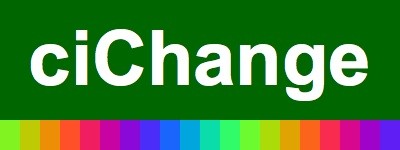The need for good communication during change is obvious, but it can be tricky to implement. Here are some simple ideas
Know your audience
Think about your
audience when planning the medium and language to use. There is so
much to choose from: Newsletters; Emails; Websites; FaceBook;
Twitter; IntraNet; Meetings; Presentations; Briefings; Workshops
Think how differently
BBC One, Channel 5, The Sun or the Times might convey the same story
to different audiences. You might need to use several methods and
repeated reinforcement (words as well as actions) before all the
people get the same message.
Do your research
Understand their hopes
and fears, motivations and distractions and make sure you take these
into account. I always like to ask myself if my team can answer YES
to the following questions before I start my communication. If the
answers are NO then I have some basic work to do before I can
mobilise further change.
- I know what is expected of me at work.
- I have the materials to do my job well.
- I have the opportunity to do what I do best everyday
- In the past 7 days I have received recognition or praise for good work
- Someone at work encourages my development
- At work, my opinions count
Have a planned,
step-by-step approach
Have a campaign plan
which summaries who will say what to whom, when, how and why. Having
a campaign calendar helps space out and build upon messages, allowing
them to sink-in. It also allows you to target different audiences at
different times according to their needs.
When communication
fails people often ask “who knew what, when”. The secret to a
successful campaign calendar is to plan this ahead, rather than wish
you had after the fact.
Be consistent in your
“key messages”
Plan your “key
messages” like Frequently Asked Questions FAQs, so that they are
clear, consistent, concise and repeatable. I often plan messages at
three levels of detail suitable for any audience.
For any particular
subject I may be able to offer….
1 paragraph (20 words),
a sound-bite, which offers a succinct message
1 page (200 words), a
summary, which offers a brief explanation
1 report (2000 words),
detail, which considers all the elements
Founder ciChange
www.ciChange.org
ciChange seminar and networking events
for 2013 sponsored by Total Solutions Group http://www.tsgi.co/


